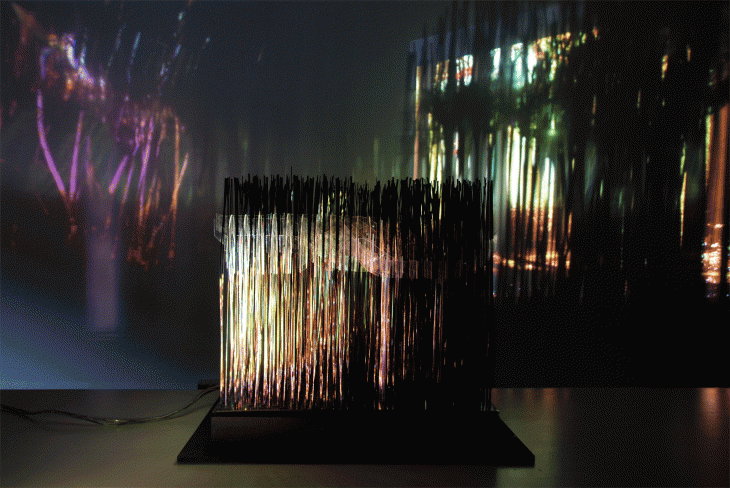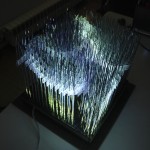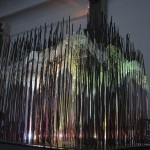The Forest Vibrations pavilion is based on a few key concepts related to physics, geometry, and space. There are two main outputs from the resulting proposal; first is the translation and amplification of everyday sounds of the city of Santiago de Compostela, and second is the visualization of audible sounds through their vibration within materials. The result is an instrument which outputs a sensory experience to its users through he use of an articulated roof structure. As frequencies are translated from the city, the dynamic space changes both through the disrupted perspectives of its users as well as the physical properties which are exhibited in materials when they undergo stress from vibration.





